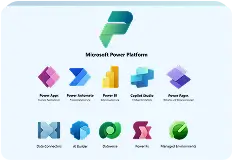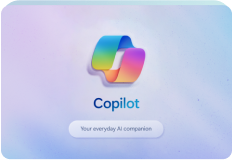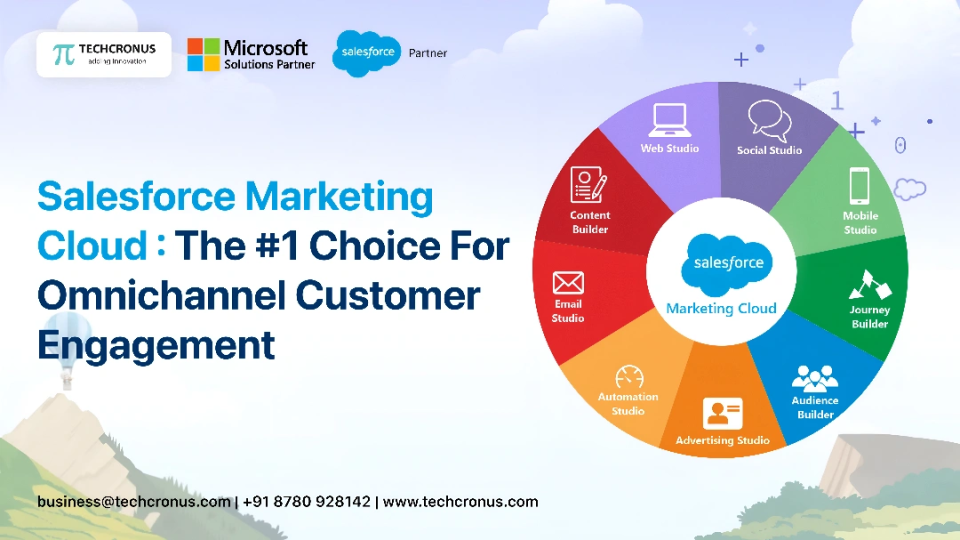Table of Contents
The technological groundwork upon which an individual or business stands can determine how far ahead they are in comparison to the competition. Migration from legacy systems to more modern ones, such as.NET, becomes relevant at this point. We will see why moving to.NET is more than just an option; it’s a critical step in adopting a digital ecosystem that can withstand the future as we explore the many advantages and strong arguments for this strategic change.
Why Migrating To .NET From Legacy Systems Are Beneficial
Migrating legacy systems to the .NET framework offers a multitude of benefits that cater to the evolving needs of modern businesses. By embracing software modernization, organizations can leverage enhanced performance, improved security measures, scalability advantages, compatibility enhancements, and significant technical debt reduction.
Enhanced Performance
One of the core .NET framework benefits is its ability to deliver enhanced performance. Built with efficiency in mind, .NET applications run faster and more reliably compared to many legacy systems. This is crucial for businesses that need to handle high volumes of transactions and user interactions seamlessly.
Improved Security Measures
Security is paramount in today’s digital landscape. The .NET framework incorporates robust security features such as code access security, role-based security, and encryption, ensuring that applications are protected against common vulnerabilities and threats. This leads to improved security measures that safeguard sensitive business data.
Compatibility Enhancements
Legacy systems often struggle with compatibility issues, especially in diverse IT environments. .NET provides compatibility enhancements, supporting cross-platform development and enabling applications to run smoothly on Windows, Linux, and macOS. This ensures a consistent user experience across different operating systems and devices.
Technical Debt Reduction
Technical debt—a term used to describe the extra development work that arises when quick and easy solutions are chosen over the best overall approach—can be a significant burden for businesses. Migrating to .NET helps reduce technical debt by replacing outdated, inefficient code with modern, maintainable solutions, thereby improving long-term productivity and reducing maintenance costs.
Cloud Readiness
The future of computing lies in the cloud, and .NET is designed with cloud readiness in mind. The framework supports seamless integration with cloud services like Microsoft Azure, enabling businesses to leverage the power of cloud computing for scalability, flexibility, and cost-efficiency. This cloud readiness ensures that applications are future-proof and capable of harnessing cutting-edge technologies.
Software Modernization
Migrating to .NET is a key aspect of software modernization. It allows businesses to revamp their legacy systems, making them more agile, efficient, and adaptable to changing market demands. By modernizing software, organizations can improve operational efficiency, reduce downtime, and enhance user experience.
What Are The Different Types of Legacy To .NET Migration?
When organizations decide to modernize their legacy systems to .NET, they typically choose from three primary migration strategies. Each of these approaches offers distinct advantages and the choice largely depends on the organization’s specific needs, budget, timeline, and the current state of their legacy systems.
Lift and Shift
Lift and Shift, also known as rehosting, involves moving an application from its current environment to a new .NET environment without making significant changes to the application’s code. This approach is often chosen for its simplicity and speed, as it requires the least amount of modification among the migration strategies.
Advantages:
Quick Implementation: Since minimal changes are made, the migration process is faster.
Cost Efficiency: It can be a cost-effective solution in the short term due to reduced development time.
Reduced Complexity: The process is straightforward, minimizing the risk of errors during migration.
Refactoring
Refactoring involves modifying the existing code of the legacy application to ensure compatibility with the .NET framework, without changing the external behavior of the application. This approach aims to optimize the application to take advantage of .NET’s features while preserving its original functionality.
Advantages:
Improved Performance and Scalability: The application can leverage .NET‘s modern capabilities.
Increased Maintainability: Code modifications can reduce complexity and make future updates easier.
Better Integration: Enhanced compatibility with other .NET applications and services.
Rearchitecting
Rearchitecting involves a comprehensive redesign of the legacy application’s architecture to fully embrace the capabilities and architectural patterns of the .NET framework. This approach is the most thorough and aims to transform the application to be cloud-native, scalable, and fully optimized for modern environments.
Advantages:
Full Modernization: Maximizes the benefits of the .NET framework, including cloud readiness, scalability, and performance.
Future-Proofing: The application is redesigned with the future in mind, making it easier to integrate new technologies and adapt to changes.
Optimized Performance: Achieves the highest level of performance and efficiency by utilizing modern architectural approaches.
Challenges and Considerations in Legacy to .NET Migration
Migrating legacy systems to the .NET framework is a strategic move that can bring numerous benefits. However, it is also a complex process that involves several challenges and considerations.
Challenges
Understanding Legacy Systems
Complexity: Legacy systems often have complex, poorly documented codebases that can be difficult to understand and analyze.
Knowledge Gaps: The original developers may no longer be available, and current staff might lack the necessary knowledge to fully understand the system.
Data Migration
Data Integrity: Ensuring that data is accurately and completely transferred to the new system without corruption or loss.
Data Mapping: Mapping data from legacy formats to the new .NET-compatible formats can be complex and time-consuming.
Compatibility Issues
Dependencies: Legacy systems may rely on outdated libraries, frameworks, or third-party components that are not compatible with .NET.
Integration: Ensuring that the new .NET system can integrate seamlessly with other existing systems and services.
Performance Optimization
Code Efficiency: Legacy code may not be optimized for the .NET environment, leading to potential performance issues.
Testing: Extensive testing is required to ensure that performance meets or exceeds that of the legacy system.
Security Concerns
Vulnerabilities: Legacy systems may have inherent security vulnerabilities that need to be addressed during migration.
Compliance: Ensuring that the new system complies with current security standards and regulations.
Cost and Time
Resource Allocation: Migration projects can be resource-intensive, requiring significant time, financial investment, and skilled personnel.
Budget Overruns: Unexpected challenges can lead to budget overruns and project delays.
Considerations
Assessment and Planning
Initial Assessment: Conduct a thorough assessment of the legacy system to understand its architecture, dependencies, and potential challenges.
Roadmap Development: Develop a detailed migration roadmap, including timelines, milestones, and resource allocation.
Choosing the Right Migration Strategy
Lift and Shift: Suitable for quick migrations with minimal changes.
Refactoring: Ideal for optimizing performance and maintainability without altering functionality.
Rearchitecting: Best for comprehensive modernization, leveraging the full capabilities of the .NET framework.
Stakeholder Involvement
Engagement: Involve all relevant stakeholders, including IT staff, business users, and management, to ensure their needs and concerns are addressed.
Communication: Maintain clear and consistent communication throughout the project.
Data Management
Data Cleanup: Clean up legacy data to improve quality and reduce migration complexity.
Migration Tools: Utilize data migration tools and frameworks to facilitate the process.
Post-Migration Support
Monitoring: Continuously monitor the new system for performance, security, and user issues.
Support Plan: Develop a support plan to address any post-migration challenges and ensure smooth operation.
Conclusion
By carefully planning the migration strategy, involving key stakeholders, and leveraging comprehensive testing and validation, businesses can navigate these challenges effectively.
At Techcronus, we understand the intricacies involved in migrating legacy systems to .NET. Our team of experienced professionals is equipped with the skills and knowledge to ensure a smooth and successful transition. Techcronus offers tailored .NET migration services designed to meet your unique business needs, helping you unlock the full potential of modern technology.
Ready to take your business to the next level? Contact Techcronus today to learn more about how we can assist you in modernizing your legacy systems for a future-ready digital landscape.






















